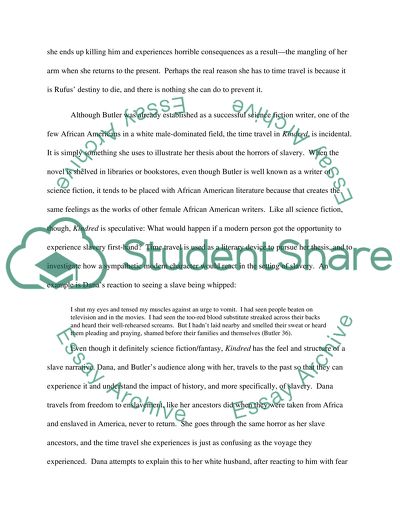Cite this document
(“Time and Travel in The Dispossessed and Kindred Term Paper”, n.d.)
Retrieved from https://studentshare.org/environmental-studies/1414828-time-and-travel-in-the-dispossessed-and-kindred
Retrieved from https://studentshare.org/environmental-studies/1414828-time-and-travel-in-the-dispossessed-and-kindred
(Time and Travel in The Dispossessed and Kindred Term Paper)
https://studentshare.org/environmental-studies/1414828-time-and-travel-in-the-dispossessed-and-kindred.
https://studentshare.org/environmental-studies/1414828-time-and-travel-in-the-dispossessed-and-kindred.
“Time and Travel in The Dispossessed and Kindred Term Paper”, n.d. https://studentshare.org/environmental-studies/1414828-time-and-travel-in-the-dispossessed-and-kindred.


